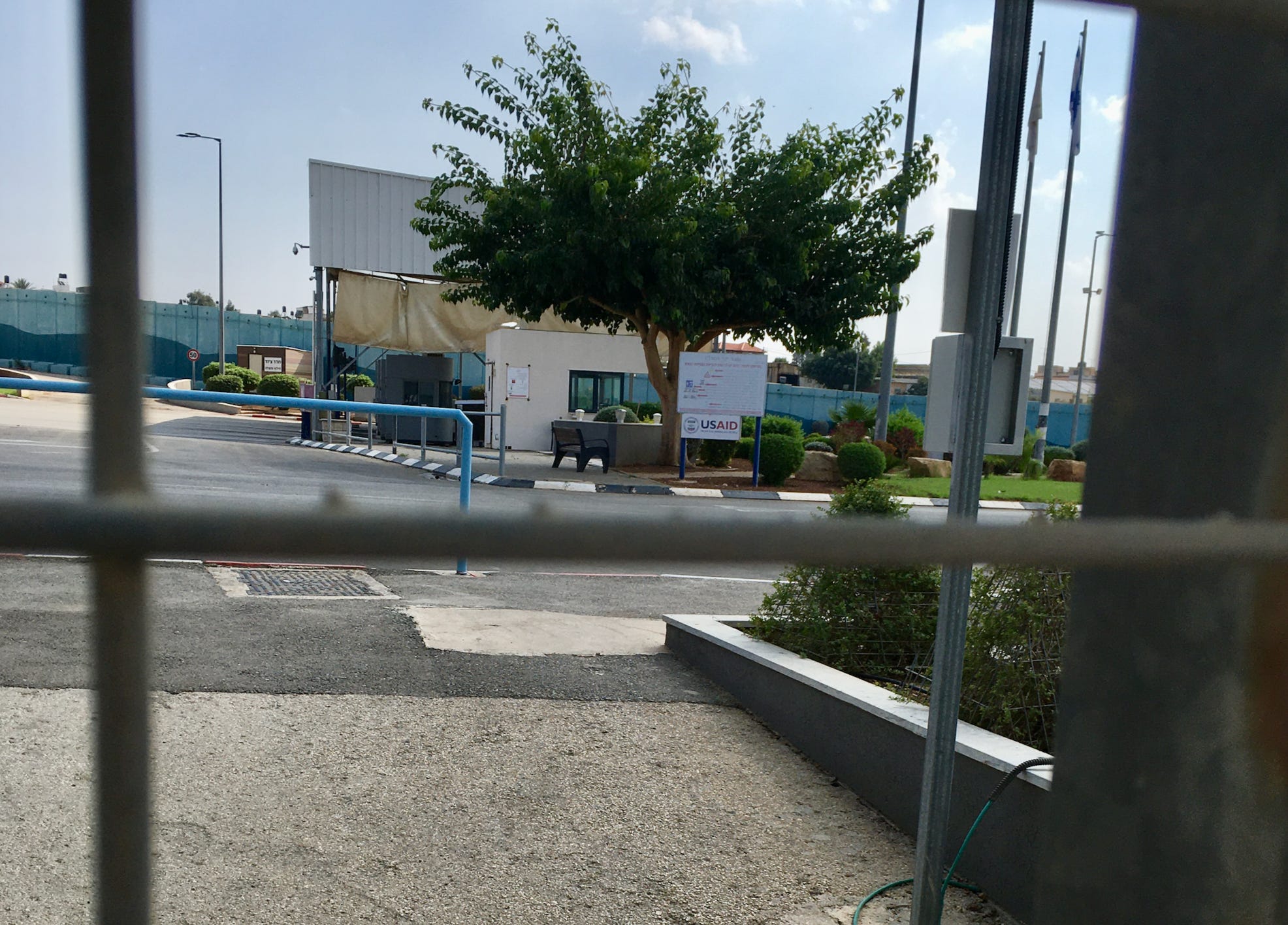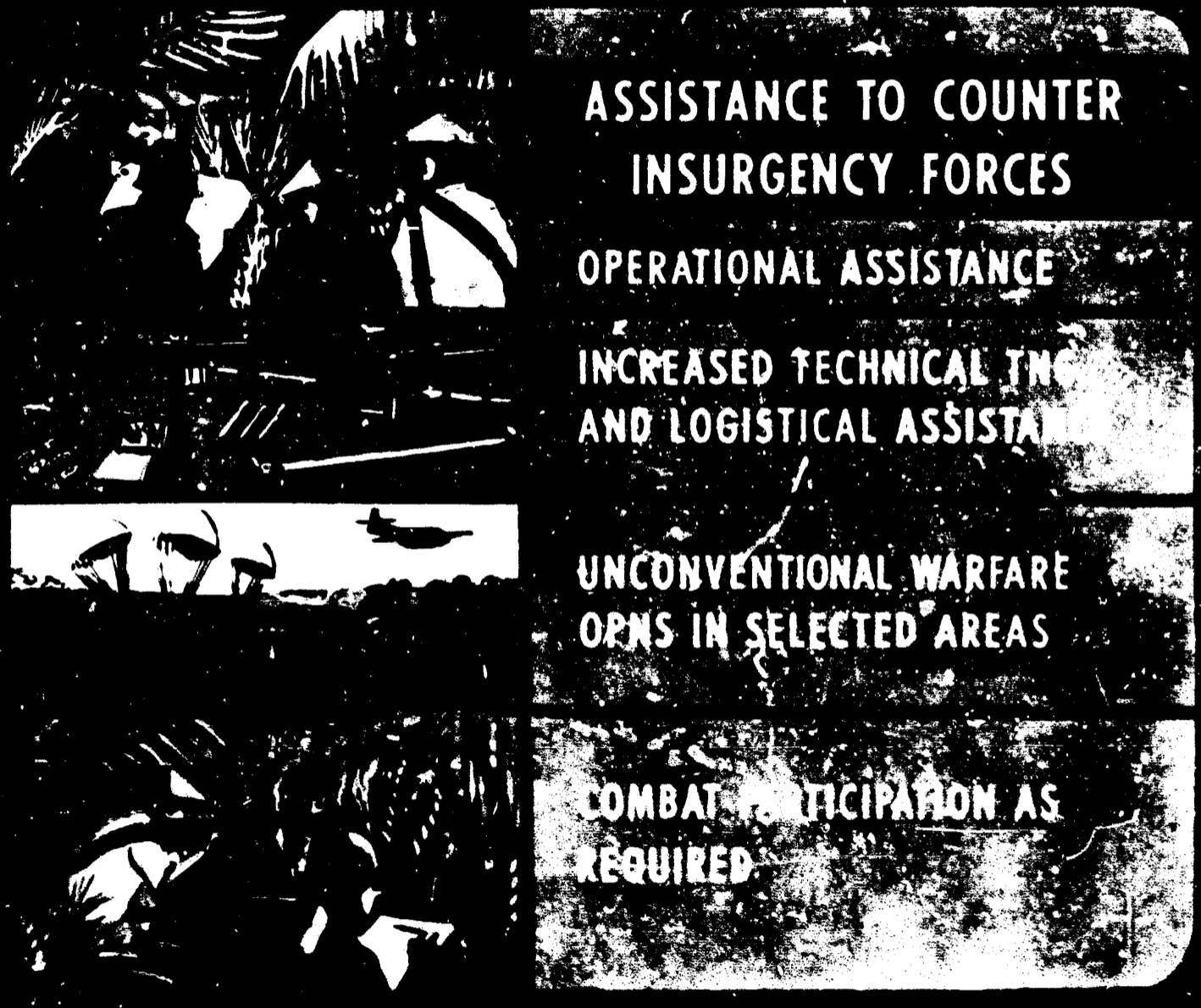USAID and Security State Clan Wars
...and the counterinsurgency history of the agency that will be no more.
USAID is in the news. Or, the death of USAID is in the news. Seems like the Trump Administration wants to kill it. And they just might.
The attack seems like it comes out of nowhere, but taking down and reorganizing USAID was a key plank in the Heritage Foundation’s Project 2025. The Heritage Foundation was set up by conservative oligarchs back during the Nixon years to fight America’s liberal consensus. And it looks like Trump’s second time in the circus might give them what they want. Won’t be hard now. The liberal consensus is already a corpse in advanced stages of decay — there’s not much left but bones, teeth, hair, fingernails, and a few strips of rotting flesh.
I won’t be sad to see USAID gone.
If you read the reporting on USAID’s closure from the liberal side, you’d think that this org is a pure force for good — that all it does is provide the most vulnerable and exploited populations on the planet with medicine and shelter. And it does do that (with caveats, see below) but let’s not kid ourselves: USAID was not created for philanthropy. It was created to extend American power through softer non-military means: pacification through propaganda, off-the-books violence, and bribery abroad. I guess some call this bribery “assistance” — it’s a treat you get if you stay meek and loyal to the America cause.
USAID funded this checkpoint between Israel and the West Bank north of Jenin. I snapped the photo when Evgenia and I were there in 2019. Why is USAID helping bankroll Israel’s apartheid system? You tell me..
Where did USAID come from? And what was its mission?
To understand that, you have to go back to the 1960s. Back then, America’s foreign policy establishment was setting up a whole range of programs and initiatives meant to deal with a new kind of post-WWII military landscape. The U.S. was no longer dealing with big traditional armies facing off against each other on a clear-cut battlefield. The fight — now mainly against the Soviet Union — had broken up into smaller conflicts and wars scattered all across the globe: insurgencies fought by indigenous populations against regimes backed by the United States. They were wars of liberation from an old colonial system and the fight was spread out. Cuba, Algiers, Vietnam, and Laos, Nicaragua, Guatemala. These conflicts came out of local movements, they recruited local fighters, and were supported by local populations. Countering them was not something that a traditional big military operation or a tactical nuclear strike could solve. This was obvious.
So two months after taking office, President Kennedy delivered a message to Congress arguing for the need to expand and modernize America’s military posture to meet this new threat:1
The Free World’s security can be endangered not only by a nuclear attack, but also by being slowly nibbled away at the periphery, regardless of our strategic power, by forces of subversion, infiltration, intimidation, indirect or non-overt aggression, internal revolution, diplomatic blackmail, guerrilla warfare or a series of limited wars.
…We need a greater ability to deal with guerrilla forces, insurrections, and subversion. Much of our effort to create guerrilla and anti-guerrilla capabilities has in the past been aimed at general war. We must be ready now to deal with any size of force, including small externally supported bands of men; and we must help train local forces to be equally effective.
JFK was arguing for a better way to counter communism — and a new generation of programs emerged from this push. They operated out of just about every existing security state agency: the State Department, the Pentagon, the CIA…
One of them was the Advanced Research Project Agency, which was repurposed from a space agency into a modern counterinsurgency laboratory launched by JFK to came up with new weapons — both kinetic, physiological, and cybernetic — to deal with this threat. ARPA operated in Vietnam and Thailand and South America and even Lebanon. It trained anti-communist militias, formulated terror tactics, came up with things like Agent Orange, the M-16 rifle, first generation drone technology, and the Internet. Yeah, the Internet. As I detail in my book Surveillance Valley the Internet and pretty much all personal computer technology — including the laptop or tablet or phone you’re using to read this now — came out of a JFK-era counterinsurgency program to win the war in Vietnam.
A slide from a US Army 1962 symposium on counterinsurgency…the first of its kind.
ARPA wasn’t the only counterinsurgency effort. The other notable one was the U.S. Agency for International Development — or USAID.
The agency was set up in 1961 under President Kennedy in order to administer aid programs that fostered economic and social development in foreign countries. It sounded nice on paper. In reality, the agency became a powerful force in America’s global pacification efforts, interfacing directly with ARPA and covert CIA programs. USAID quickly developed a reputation for brutality and bloodlust: it trained death squads, schooled foreign police departments in effective torture techniques, set up opium running operations to finance covert rebel activity in Laos…The agency also became a laboratory for capitalist-friendly neoliberal economic reforms that were supposed to supplant local left-wing demands for wealth redistribution without actually doing anything to change the underlying power structures of society. (In one more recent example Chrystia Freeland’s uncle (yes, from the notorious Nazi collaborator family) worked for USAID to privatize farm land in Ukraine…and then parlyed this experience to start his own agribusiness investment firm in Ukraine.2




